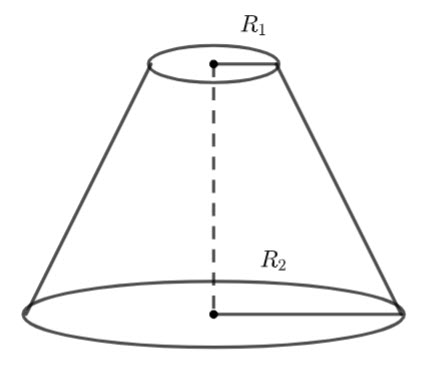Two rectangular garden beds have a combined area of
. The larger bed has twice the perimeter of the smaller and the larger side of the smaller bed is equal to the smaller side of the larger bed. If the two beds are not similar, and if all edges are a whole number of metres, what is the length, in metres, of the longer side of the larger bed?
AMC 2007 S.14
Let’s draw a diagram

From the information in the question, we know
(1) ![]()
and
![]()
![]()
![]()
(2) ![]()
Equation ![]() becomes
becomes
![]()
As the sides are whole numbers, consider the factors of 40.
![]()
Remember ![]()
| Perimeter Large | Perimeter Small | Comment | ||||
| This one works | ||||||
| This one also works | ||||||
| Not possible | ||||||
Not possible | ||||||
| Not possible |
There are two possibilities
The large garden bed could be ![]() by
by ![]() and the smaller
and the smaller ![]() by
by ![]() (Area
(Area ![]() Perimeters
Perimeters ![]() and
and ![]() )
)
or
The large garden bed could be ![]() by
by ![]() and the smaller
and the smaller ![]() by
by ![]() (Area
(Area ![]() Perimeters
Perimeters ![]() and
and ![]() )
)




